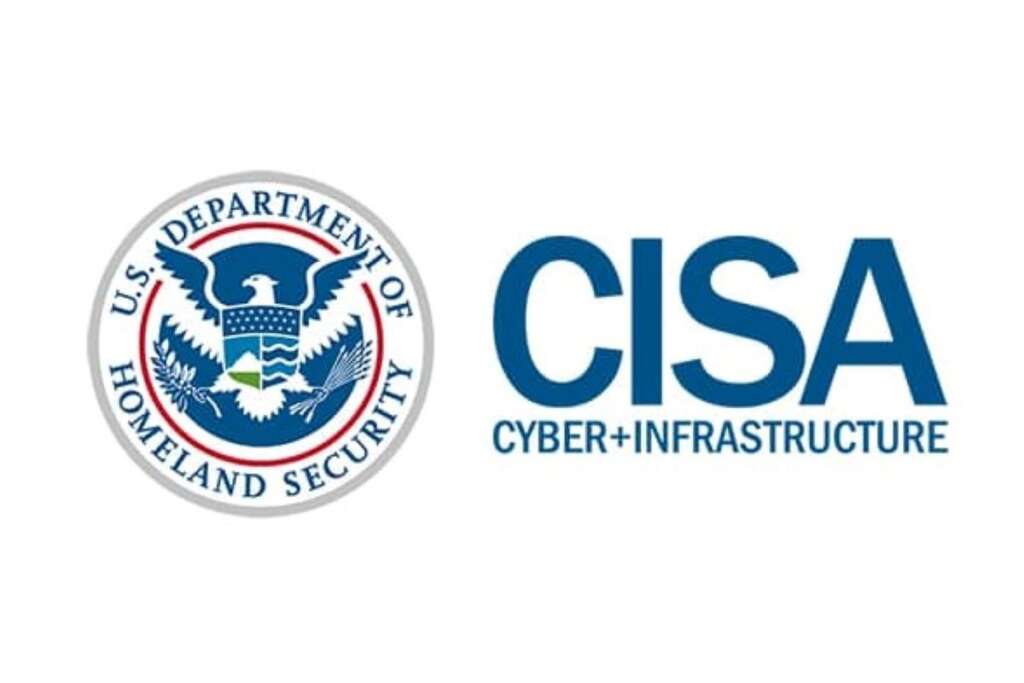Sustainable investing, led by climate change concerns, is a hot topic for investors and only got hotter during the coronavirus pandemic and recent racial equality movement. But it’s also a topic many registered investment advisors, or RIAs, have come to dread.
Among RIAs, nearly one-third say their clients are increasingly expressing interest in sustainable investing, according to a recent survey of nearly 800 RIAs by SEI. But 40% of RIAs feel unprepared to provide guidance in this area.
The biggest barrier for RIAs is feeling that they lack the knowledge necessary to help clients implement sustainable investing strategies. Another chief concern is the performance of sustainable investments.
To get to the bottom of these barriers to sustainable investing, we spoke with Jana Holt, global director of sustainable investing solutions at SEI.
Holt shares what advisors can do to educate themselves on sustainable investing options and why performance may not be as big a barrier as some think. Here are edited excerpts from that interview.
[SUBSCRIBE: Get the weekly U.S. News newsletter for financial advisors. ]
What resources can financial advisors use to increase their knowledge about sustainable investing strategies?
As with anything new, the first step is the hardest part. The good news is that there are plenty of resources available for advisors looking to take the first step toward building their own knowledge base on sustainable investing. Three strong options to kick-start their education are their peers, asset managers and external organizations.
Plenty of advisors have already started to reach out to peers. Advisors can tap their networks or partners to identify resources on sustainable investing, have conversations about the products and solutions available to them, and gain insight from those who are further down their same path.
Most asset managers, particularly those who are offering sustainable investing solutions, will have a team of experts who can share their thinking and expertise, and provide insight into how their strategies address sustainability. For those with access to a manager research team, there is likely some centralized thinking about best practices in sustainable investing as well.
There are also many reputable organizations that offer free resources on sustainable investing, including those compiled by the nonprofit US SIF. Other organizations that an advisor is already affiliated with, such as the CFA Institute, offer training, webinars, conferences and even certifications in sustainable investing.
[READ: Q&A: How to Build Better Portfolios With ESG ETFs.]
What should advisors keep in mind when building sustainable portfolios for clients?
Sustainable investing is a spectrum and means different things to different clients. Start with a conversation about your client’s overall goals. Which issues are most important? Are they seeking investments that reduce environmental, sustainable and governance, or ESG, risks? Or are they seeking specific sustainability outcomes? How might the solutions available to them impact the overall risk-return profile or fees of their portfolio? Bring the sustainability conversation into the financial discussion in order to help clients work toward all their goals simultaneously.
How can advisors identify quality sustainable investments?
Look for evidence of a product’s stated sustainability objectives. What data or examples of investment decisions demonstrate that the portfolio reflects the sustainability characteristics or objectives that it claims? This is crucial to evaluate before assuming that the marketing accurately represents the underlying strategy.
[READ: Q&A: Schroders’ Head of Sustainability Talks ESG Investing.]
Your research suggests that climate and climate-related issues, including alternative or renewable energy and natural resources, are the most in-demand strategies. Can you share tips on how to include these types of investments in a client portfolio?
Everywhere we turn, it seems the climate crisis is in the news. Record-breaking heat waves, never-ending wildfire seasons and 100-year floods have climate change top of mind for many investors.
There are lots of sustainable investment strategies that tackle climate change in different ways. Some funds avoid investments in fossil fuels — these may make sense for clients who don’t want to hold those assets at all — but can fail to recognize the important role that the energy sector will play in the transition to a low-carbon economy over the next 20 to 30 years.
There are also numerous low-carbon investment strategies that seek to have a lower carbon footprint or intensity than the benchmark and seek to achieve consistent reductions over time — often called net-zero or Paris-aligned strategies. These should be able to demonstrate real-world carbon reductions, and not simply drop one or two high-carbon names from the index.
Finally, there are many thematic funds that give investors exposure to solutions to climate change and the industries that stand to gain from that low-carbon transition. Client discussion will help uncover what the focus is and what type of strategy may be most appropriate.
According to your research, almost a third of advisors say that sustainable investing performance is the biggest barrier to implementing sustainable funds in client portfolios. Is there a real performance concern?
Numerous reputable studies have shown that sustainable investing does not require investors to sacrifice returns.
This sticky myth stems from the early days of sustainable investing when the primary approach was to exclude entire sectors from the investable universe. When those sectors performed well over the course of a cycle, those funds lagged.
With the greater availability and maturity of ESG data leading to much more integrated approaches to sustainable investing, sustainable investments perform on par with their traditional counterparts.
Frankly, considering just how pervasive the myth has been over the past several years, we actually expected that number to be higher. The fact that fewer than 1 in 3 advisors see performance as a barrier is an encouraging sign that perhaps the trade-off myth is subsiding.
More from U.S. News
14 Things to Know Before Becoming a Financial Advisor
8 Ways Financial Advisors Connect With Millennial Investors
7 Invesco Funds to Buy and Hold
Q&A: Financial Advisors Weigh Sustainable Investing Strategies originally appeared on usnews.com













